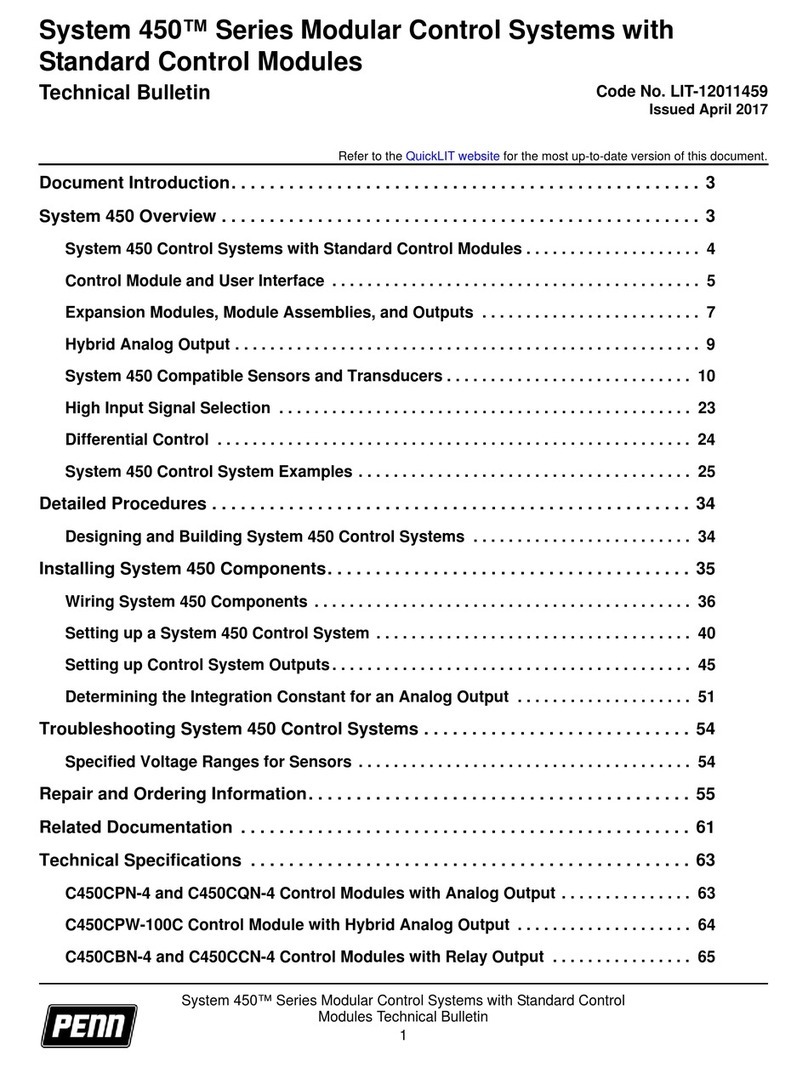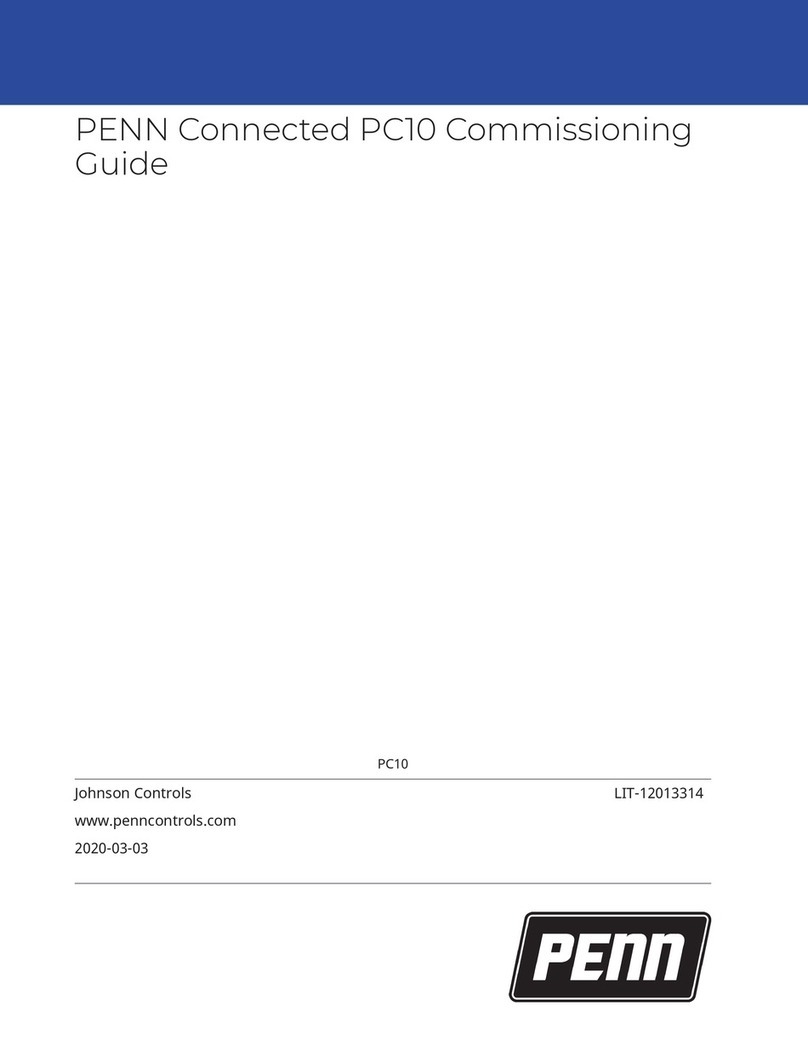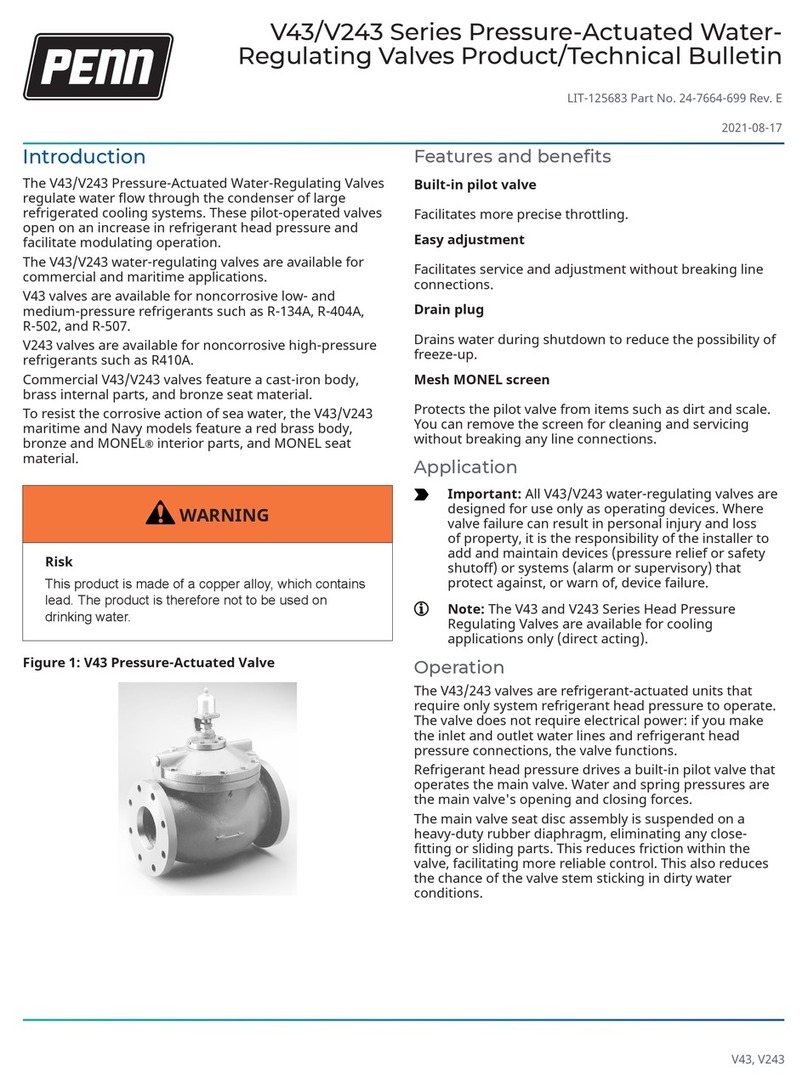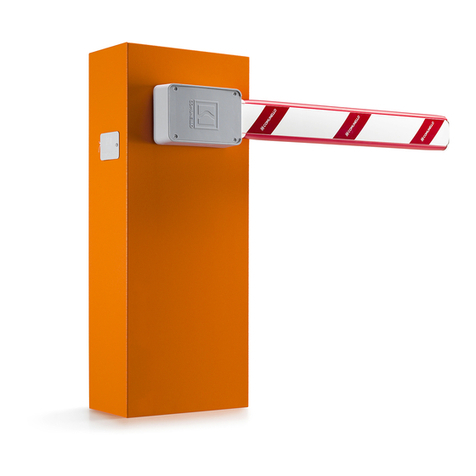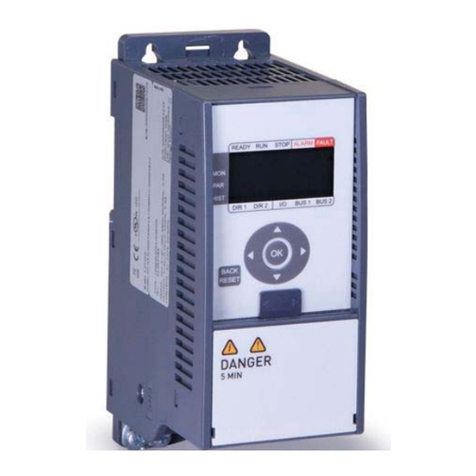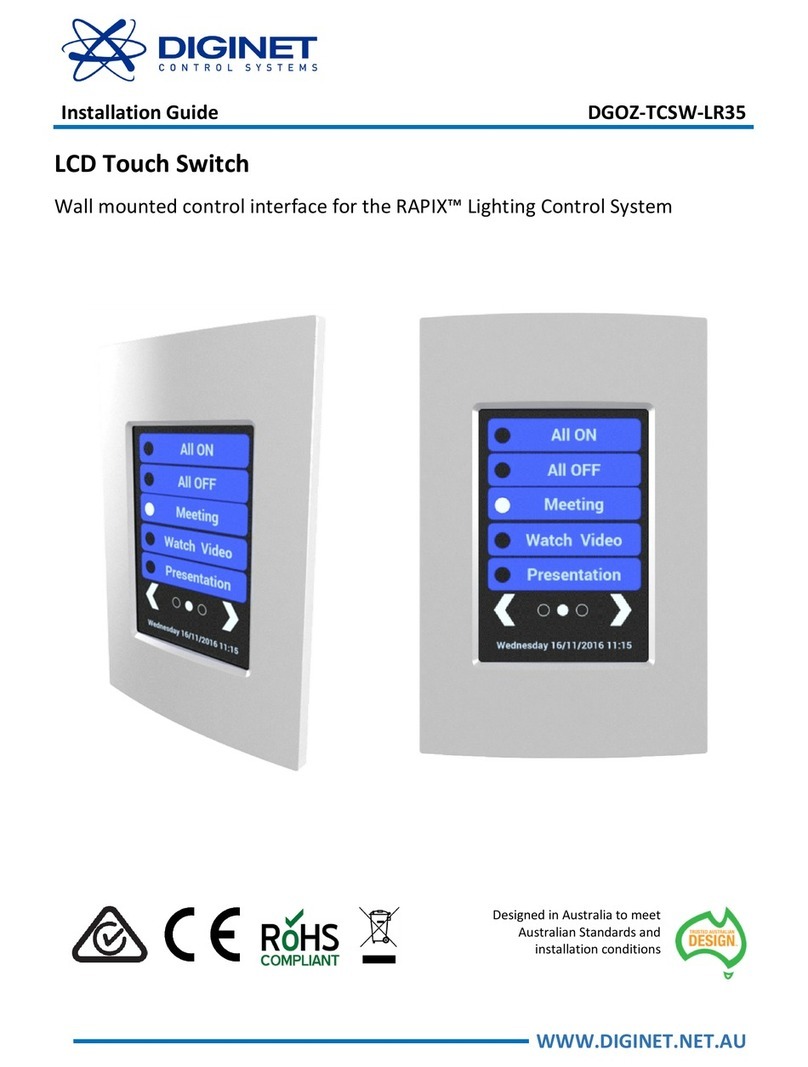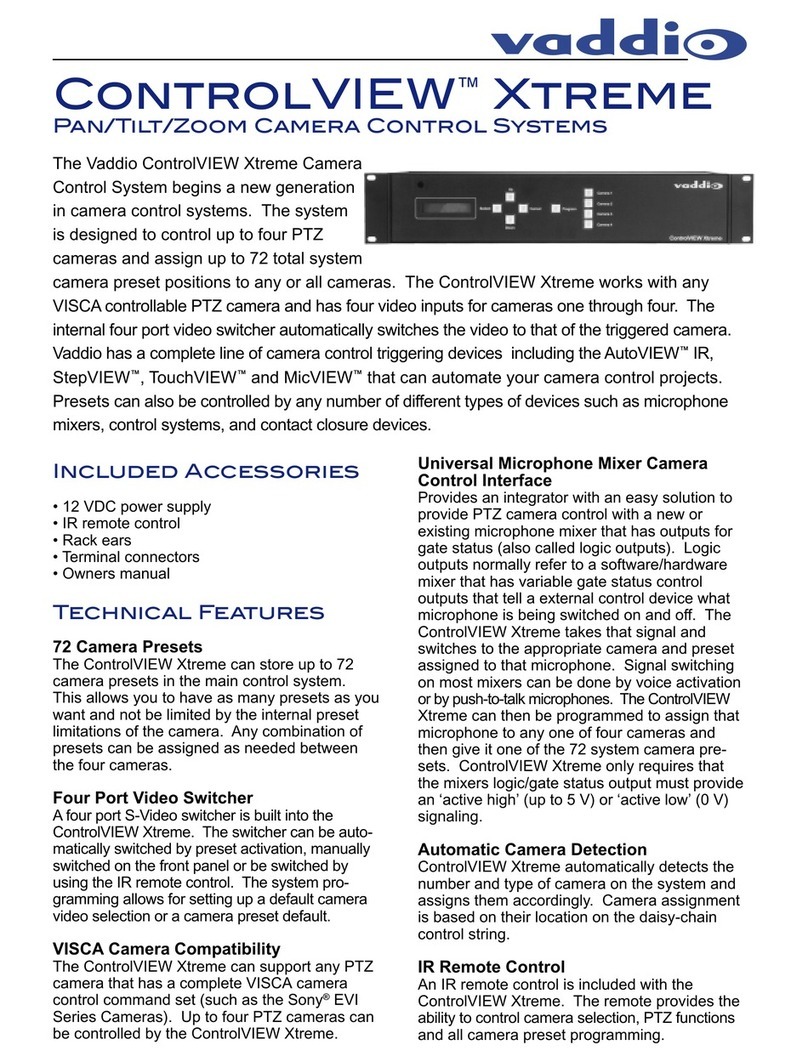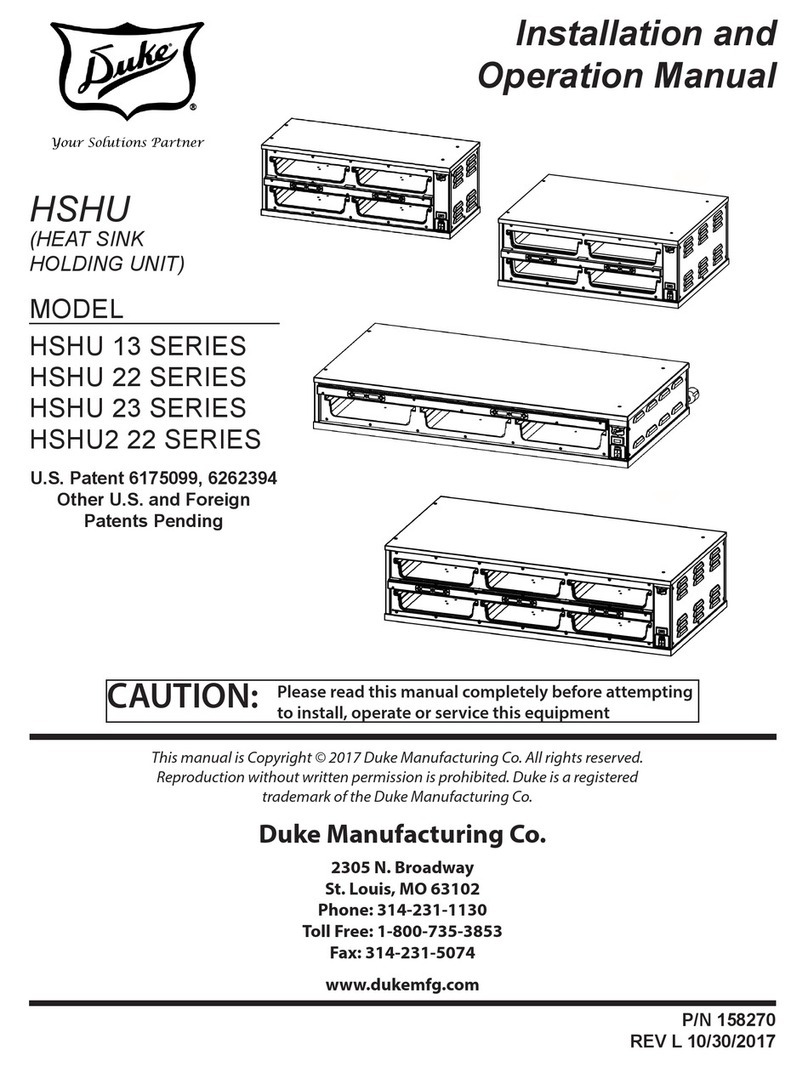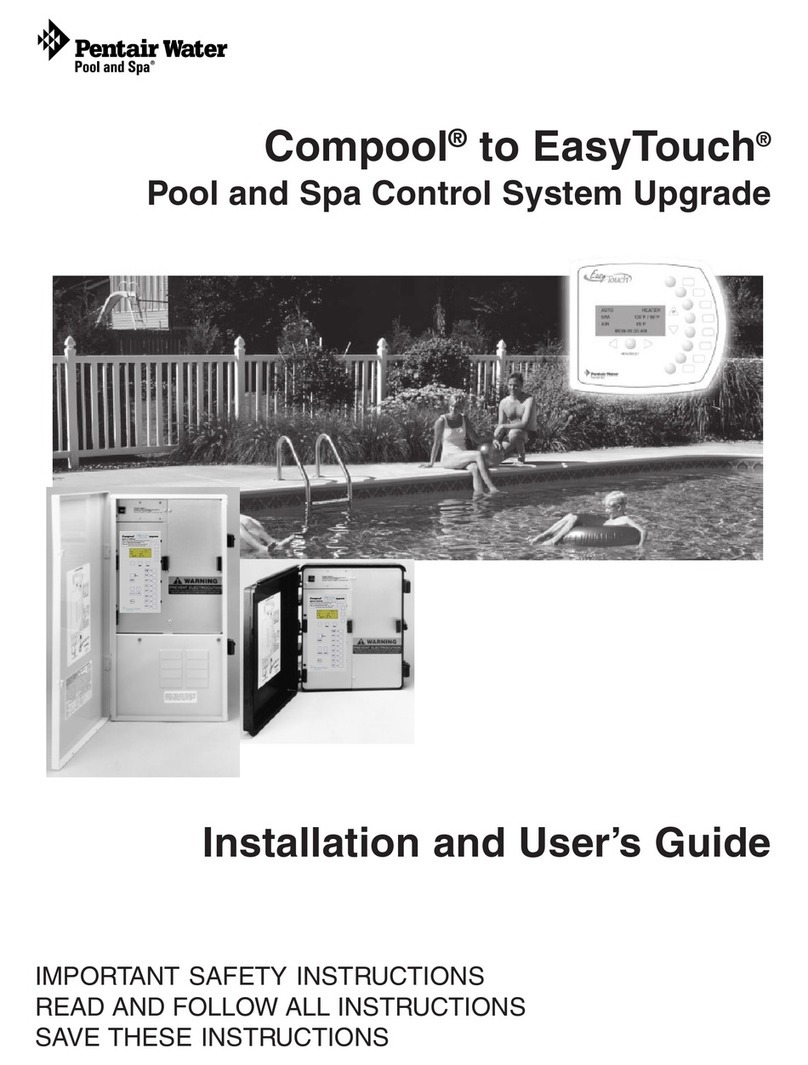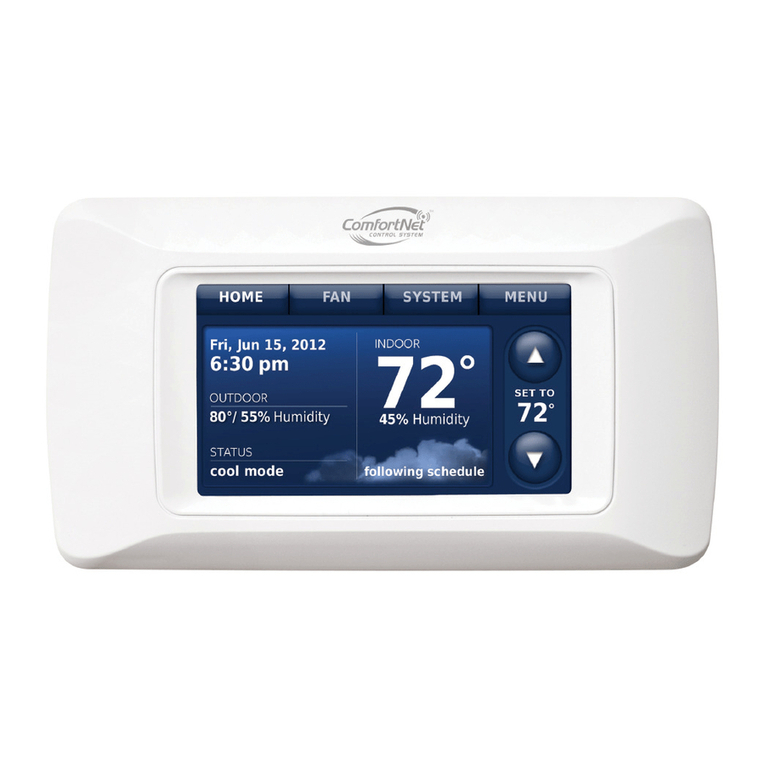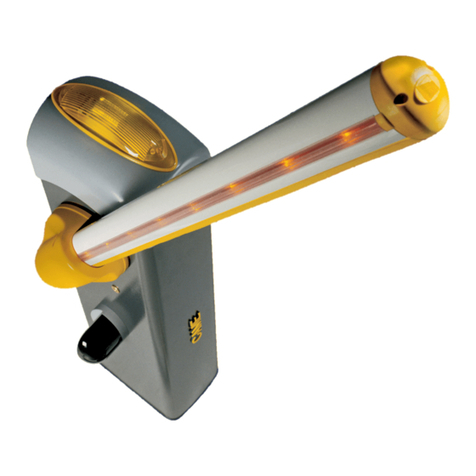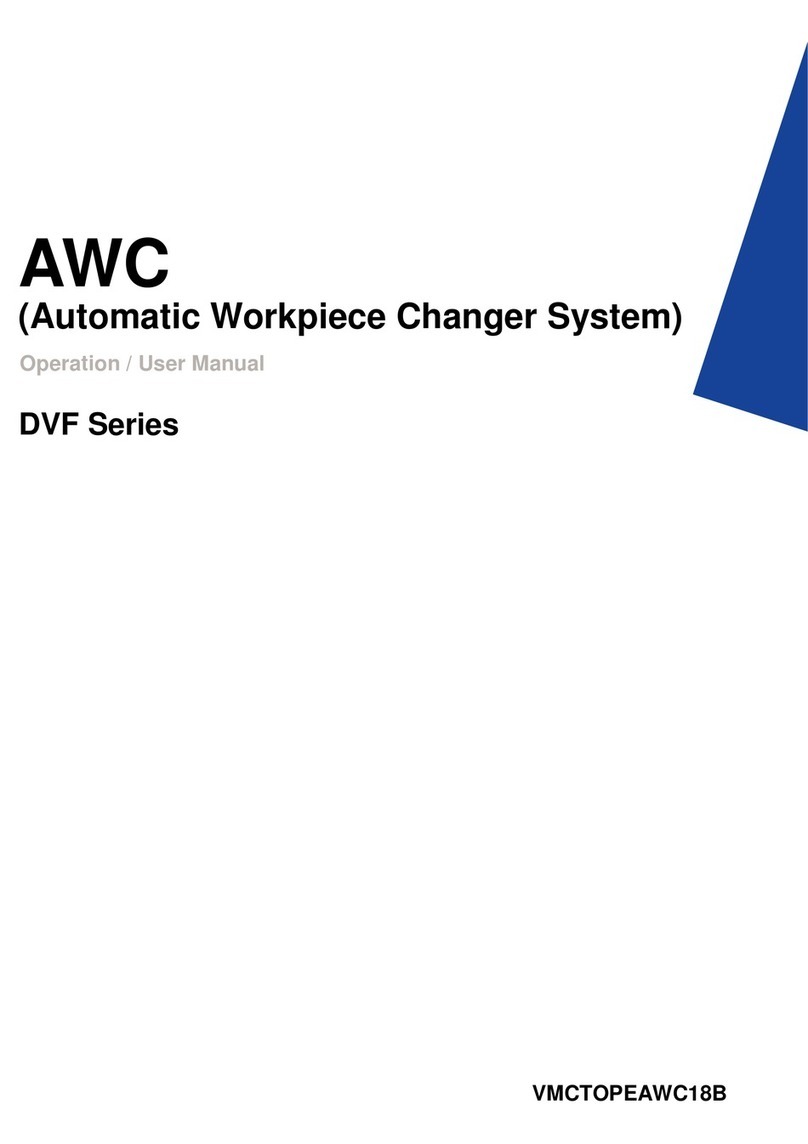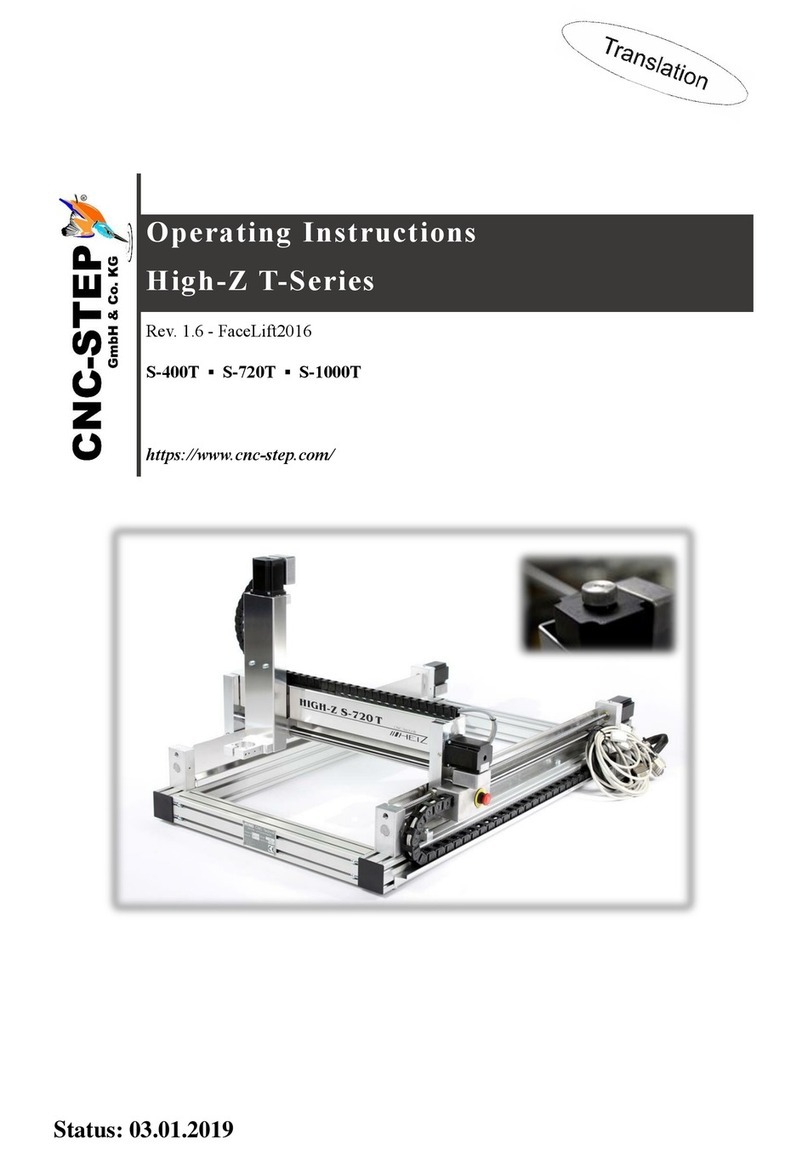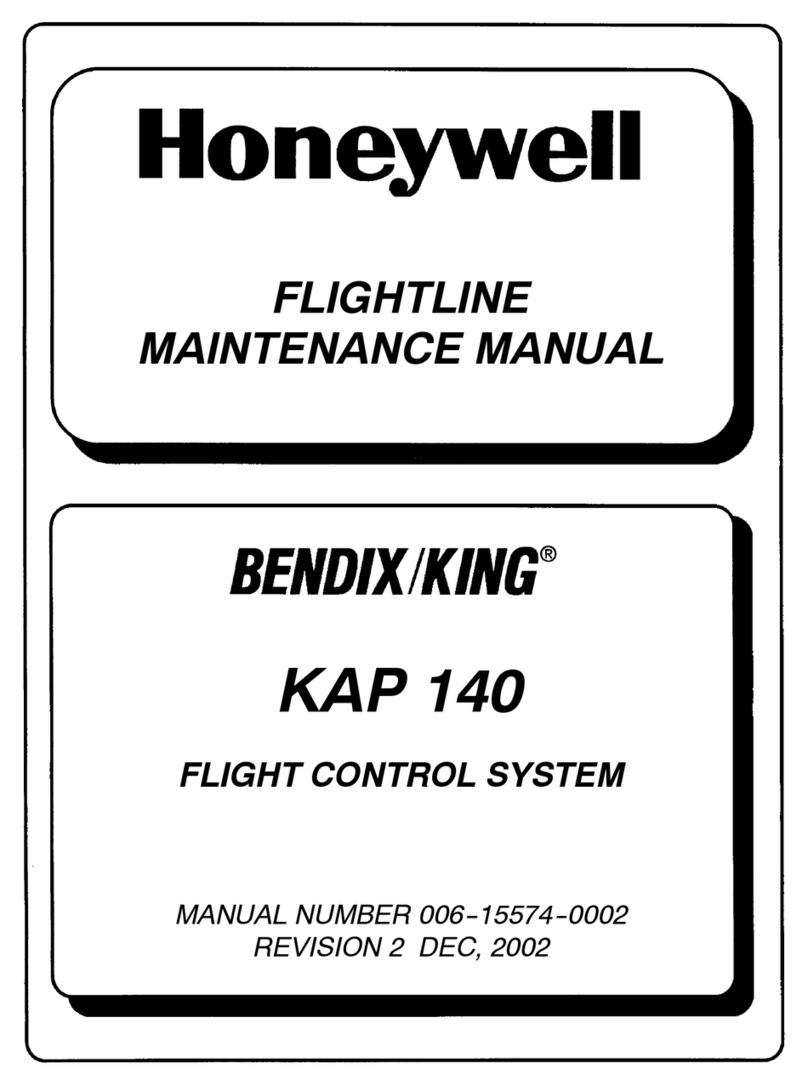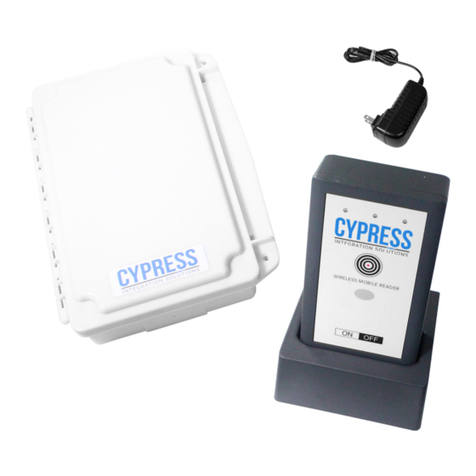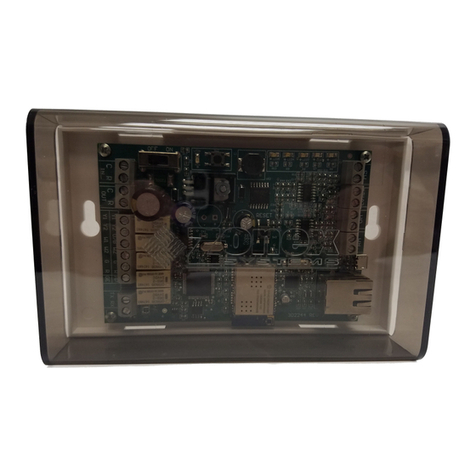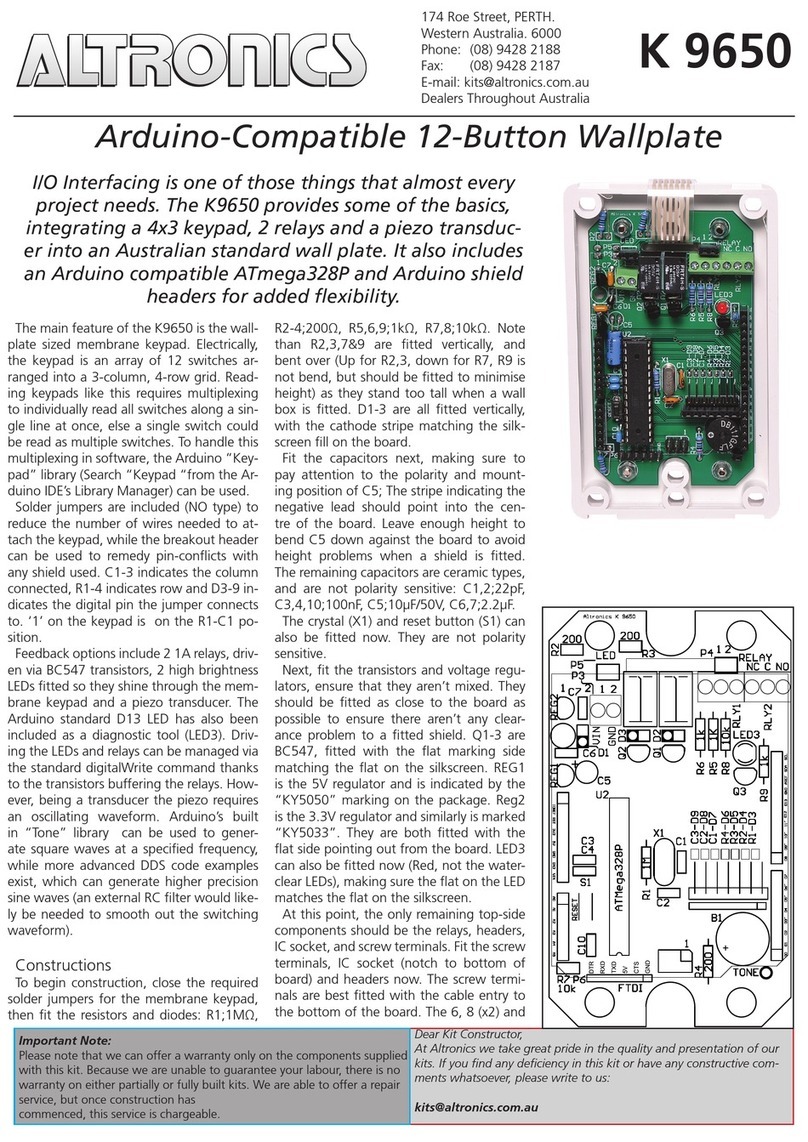
Table 1: Related Documentation
For Information On See Document LIT or Part Number
Installing and Wiring the HE-6800
Humidity Sensors and Humidity with
Temperature Sensors
HE-6800 Series Humidity
Transmitters with Temperature
Sensor Installation Guide
Part No. 24-10409-28
Installing and Wiring the HE-6900
Humidity Sensors and Humidity with
Temperature Sensors
HE-69xxONP Duct Probe Humidity
Element with Temperature Sensor
Installation Guide
Part No.
24-11025-00013
Installing and Wiring Setra Systems
Model 265 Differential Pressure
Transducers
Setra Systems Model 265 Differential
Pressure Transducer Installation Guide
Search QuickLIT
Product Information
Website for Setra
System Model 265.
System 450 Overview
The System 450 Series is a family of compact digital electronic control, expansion, and power
modules that are easily assembled and set up to provide reliable on/off and proportional control
of temperature, pressure, and humidity conditions in a wide variety of HVACR and commercial and
industrial process applications.
The System 450 Series is designed to replace System 350 Series and System 27 Series control
systems and provides more features and greater flexibility with far fewer model variations.
Most System 350 and System 27 modules are designed for single-condition applications (either
temperature, pressure, or humidity) and cannot be configured to control multiple conditions with
a single control system. Depending on the control module model used, a single System 450 control
system can monitor and control both temperature and humidity, or temperature, pressure, and
humidity simultaneously.
Note: System 450 modules are not compatible with System 350 or System 27 modules, but you
can build all of the System 350 and System 27 control systems and many more with System 450
modules, usually with fewer modules.
The System 450 Series has several model variations; each module is designed to be multi-purpose,
adaptable, and completely field configurable for temperature, pressure, and humidity applications.
The System 450 Series allows you to build a wide range of inexpensive, compact, durable, and
versatile custom control systems that allow you to monitor and control multiple control loops in
your controlled system. A System 450 control system can monitor temperature, pressure, and
humidity simultaneously and control up to ten outputs (analog outputs, relay outputs, or both)
based on the monitored conditions.
Note: System 450 communications control modules, System 450 standard control modules,
and the System 450 control module with hybrid analog output can monitor and control
temperature, pressure, and humidity applications simultaneously. System 450 reset control
modules can monitor and control temperature and humidity applications simultaneously.
A System 450 Series control system includes:
• a single System 450 control module, which provides the control system UI for setting up,
monitoring, and controlling your system and the sensor wiring interface for connecting the
sensors to your control system.
• one to ten outputs provided by the control module and expansion modules. Each output
provides either On/Off control or a proportional analog signal (0 to 10 VDC or 4 to 20 mA) to
the equipment in your controlled system.
9System 450 Series Modular Control Systems with Communications Control Modules Technical Bulletin

